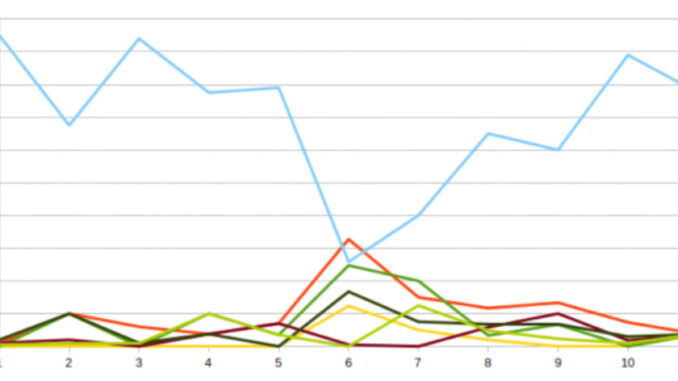
Microexpressions are brief, involuntary facial expressions that occur in response to certain emotions or stimuli. They typically last for just a fraction of a second and often reveal a person’s true emotions, which may differ from what they are consciously expressing.
Here are some key points about microexpressions:








1. **Types of Microexpressions:** There are seven universal microexpressions recognized by psychologists: happiness, sadness, surprise, fear, disgust, anger, and contempt. These expressions are believed to be innate and cross-cultural, meaning they are recognized by people around the world regardless of cultural background.
2. **Involuntary Nature:** Microexpressions are involuntary and difficult to control. Unlike deliberate facial expressions, which can be consciously manipulated, microexpressions occur spontaneously in response to emotional stimuli.
3. **Duration:** Microexpressions typically last for just a fraction of a second, often occurring so quickly that they are difficult to detect without specialized training or tools. However, they can be captured and analyzed using high-speed cameras or by trained observers.
4. **Emotional Insight:** Microexpressions provide valuable insights into a person’s true emotions, as they often reveal emotions that the individual may be trying to conceal or suppress. For example, someone may smile politely during a conversation but briefly display a microexpression of contempt, indicating underlying feelings of disdain or disapproval.
5. **Detection and Interpretation:** Detecting and interpreting microexpressions requires keen observation skills and an understanding of facial expressions and emotions. Training programs and tools have been developed to help individuals recognize and interpret microexpressions more effectively.
6. **Applications:** Microexpressions have various applications, including in law enforcement, psychology, negotiation, and interpersonal communication. For example, they may be used by law enforcement officers to detect deception during interviews or interrogations, or by therapists to assess a client’s emotional state during counseling sessions.
7. **Limitations:** While microexpressions can provide valuable insights into a person’s emotions, they are not foolproof indicators of deception or true feelings. Context, cultural factors, and individual differences must also be considered when interpreting microexpressions.
Overall, microexpressions offer a fascinating glimpse into the complex world of human emotions and behavior, providing valuable clues that can enhance our understanding of interpersonal dynamics and communication.

Leave a Reply